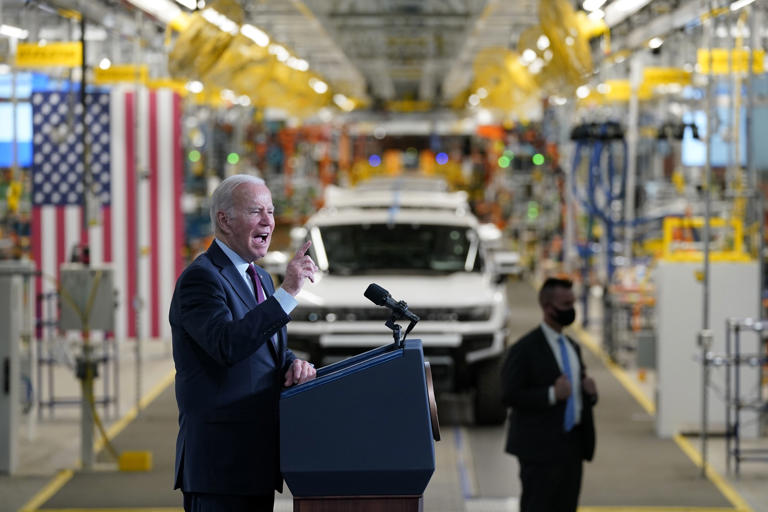In a significant development, the Biden administration is poised to announce revisions to automobile emissions standards, signaling a recalibration of the ambitious targets set forth by the Environmental Protection Agency EPA last year. The proposed changes, which aim to strike a balance between environmental objectives and industry concerns, underscore the complex dynamics shaping the transition to cleaner transportation in the United States.
The impending alterations to emissions standards come against the backdrop of a shifting landscape in the automotive sector. While the push for zero-tailpipe emissions vehicles, particularly electric vehicles EVs, remains a cornerstone of efforts to combat climate change, the pace of EV adoption has encountered hurdles. Concerns regarding cost, range anxiety, and the availability of charging infrastructure have tempered consumer enthusiasm, leading to a slowdown in EV sales. This slowdown has prompted industry stakeholders to raise objections to the EPA’s initial timeline for achieving stringent emissions targets.
In response to industry feedback and market realities, the Biden administration is expected to unveil a revised roadmap for emissions reduction, one that reflects a more gradual trajectory towards the EPA’s preferred standards. By extending the implementation timeline for stricter standards from 2027 to 2029, the administration aims to provide automakers with additional flexibility to adapt to evolving market conditions while still advancing towards ambitious emissions reduction goals.
Furthermore, the revised standards are likely to include modifications aimed at facilitating industry compliance and addressing logistical challenges associated with the transition to EVs. These modifications may encompass incentives for innovation, investments in charging infrastructure, and support for consumer adoption of electric vehicles. By fostering collaboration between government, industry, and stakeholders, the administration seeks to navigate the complexities of the transition to cleaner transportation in a manner that promotes sustainability, economic growth, and technological advancement.
However, the path forward is not without obstacles. Legal challenges, particularly from conservative-leaning courts, pose a potential threat to the implementation of stricter emissions standards. The Supreme Court’s recent rulings curtailing the EPA’s regulatory authority underscore the need for a strategic and legally defensible approach to environmental policymaking. As the Biden administration endeavors to navigate these challenges, it must strike a delicate balance between ambitious climate goals and legal constraints, ensuring that regulatory initiatives are both effective and resilient to legal scrutiny.
At its core, the revision of auto emissions standards represents a pivotal moment in the United States’ efforts to address climate change and transition to a low-carbon economy. By embracing innovation, collaboration, and adaptive governance, the administration can chart a course towards a cleaner, more sustainable future for the automotive industry and society at large. As the world looks to the United States for leadership on climate action, the decisions made in the coming weeks will shape the trajectory of transportation policy and environmental stewardship for years to come.
